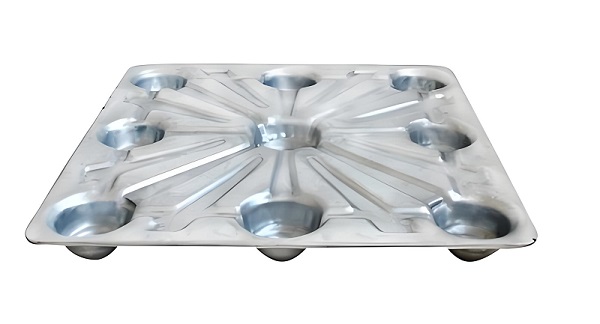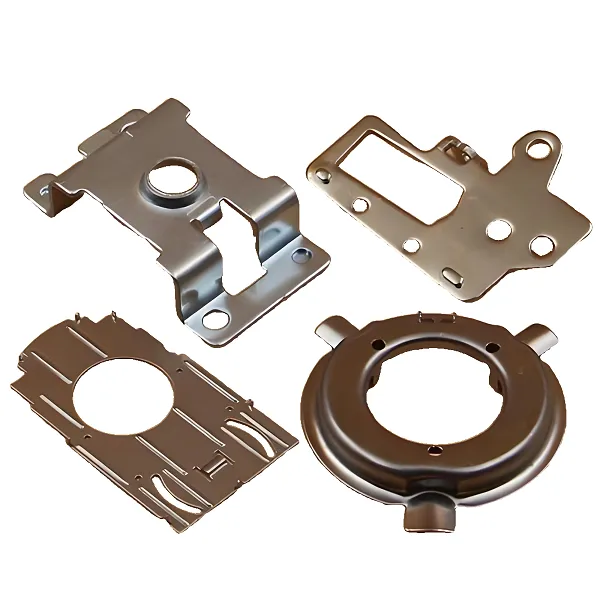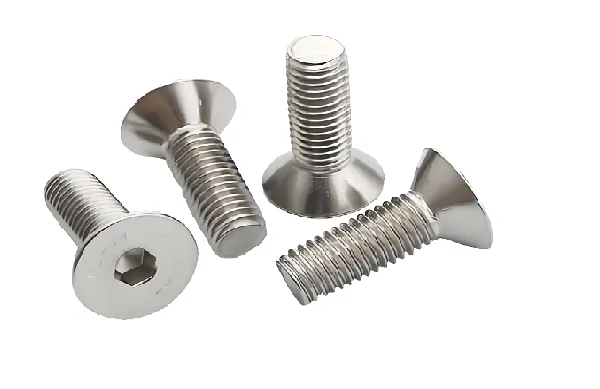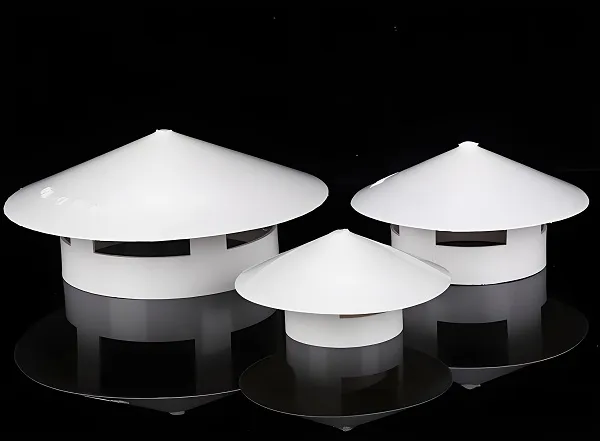Molded metal technology, is a process that uses a mold to form metal heated to a plastic state under high pressure. It combines the precision control capabilities of CNC control with the forming efficiency of the molding process to achieve highly accurate and efficient manufacturing of complex metal parts. During the CNC customization process, the molded metal technology is able to accurately execute the preset CNC program to ensure that each processing step meets the design requirements.

1. Technology Principle
Molded metal technology is mainly based on the principle of plastic deformation of metal materials. In the process, the metal material is first heated to a certain temperature, so that it reaches a plastic state, and then through the constraints of the mold and the external force applied, so that it will undergo plastic deformation and fill the mold cavity, and ultimately cooled and shaped to get the desired product. In this process, the design, manufacture and precision control of the mold are crucial, and they directly determine the shape, size and surface quality of the product.
2. Advantages of molded metal technology
High precision molding: CNC control system can accurately control the parameters of mold opening and closing, pressure application and temperature regulation, thus ensuring the molding precision of molded metal parts. This high-precision feature is especially important for the manufacture of parts with complex geometries and high-precision requirements.
Highly efficient production: The combination of CNC customization and molded metal technology enables a fully automated process from design to production. By writing G-code (a CNC programming language), the CNC machine is able to automate a series of operations such as mold installation, metal heating, pressure application and part removal, significantly increasing production efficiency.
Wide material adaptability: Molded metal technology can be applied to a wide range of metal materials, including aluminum alloys, stainless steel, and titanium alloys. During the CNC customization process, by adjusting the process parameters and mold design, efficient processing of different materials can be achieved to meet the needs of different application scenarios.
Significant cost-effectiveness: Although the initial investment in molded metal equipment is large, it can significantly reduce production costs in the long run due to its high efficiency, high precision and wide material adaptability. In addition, the flexibility of CNC customization technology also enables companies to quickly adjust production plans according to market demand, reducing inventory costs.
3.Introduction of molded metal related technology
Mold design and manufacturing technology:
Mold is the core component of molded metal technology, and its design directly determines the shape, size and accuracy of the final product. Mold design needs to consider the fluidity of the material, shrinkage, mold strength and stiffness and other factors to ensure that under high pressure without deformation and damage.
For mold manufacturing, high-precision processing equipment, such as CNC machining centers and EDM machines, are used to finely process the mold materials to meet the design requirements.
Metal heating and temperature control technology:
Before molding metal, the metal material needs to be heated to a certain temperature so that it reaches a plastic state and is easy to be formed in the mold. The heating temperature needs to be precisely controlled to avoid overheating leading to material property degradation or insufficient temperature leading to molding difficulties.
Temperature control technology includes the selection of heating equipment, heating rate control and temperature monitoring and adjustment during the heating process.
Pressure application and control technology:
Molding process, the need to apply sufficient pressure to the mold, so that the metal material in the mold fully flow and fill the cavity. The size of the pressure and the way it is applied directly affects the molding quality and precision of the product.
Pressure control technology includes the selection of presses, the setting of pressure parameters and the real-time monitoring and adjustment of the pressure application process.
Cooling and demolding technology:
After forming, the mold needs to be cooled to make the metal material solidify quickly and keep the shape in the mold. The cooling speed needs to be properly controlled to avoid cracks, deformation and other defects.
After cooling, the product needs to be released from the mold. Demolding technology needs to take into account the structural characteristics of the product, the design of the mold and the size of the demolding force and other factors to ensure that the product is smoothly removed without damage.
4.Application Examples
In the automotive manufacturing industry, CNC custom molded metal technology is widely used in the production of engine blocks, transmission cases and other key components. These components require high precision and strength, and molded metal technology is able to meet these requirements. Through the precise control of CNC control systems, molds are formed exactly according to the design requirements, ensuring the geometric and shape accuracy of the components. At the same time, the high efficiency of molded metal technology allows these parts to be mass-produced in a short period of time, meeting the stringent productivity requirements of the automotive industry.
Molded Metal FAQ
1. What are the main process characteristics of molded metal?
The main characteristics of the molded metal process include:
Precise molding: metal-to-mold molding can accurately ensure the shape and size of the product, and the inner and outer surfaces are smooth.
High Strength: By heating and pressurizing the molded products, the structure of the products is dense, the degree of curing is high, and the mechanical strength is significantly increased.
High equipment requirements: molded metal requires high heating and pressurization equipment, such as electric hot plate, hydraulic press, etc..
Complex process control: In order to obtain high-performance molded products, the process control conditions are more complex, including temperature, pressure, time and other parameters.
2. What types of products are suitable for the molded metal process?
Molded metal process is suitable for molding small size but relatively complex shape products, such as automotive parts, electronic parts, precision machinery parts. Due to the size of the equipment, its application on large-size products is more limited.
3. What are the temperature regimes in the molded metal process?
The temperature regime in the molded metal process covers the mold loading temperature, the rate of temperature increase, the maximum molding temperature and the constant temperature, cooling and post-curing temperatures.
Molding Temperature: Determined by the volatile and insoluble resin content of the molded material, generally between room temperature and preheating temperature.
Temperature rise rate: the rate of temperature rise from the molding temperature to the highest pressing temperature should be determined according to the material properties and product requirements.
Maximum molding temperature: It is mainly determined according to the exothermic curve of the resin to ensure that the material is fully plasticized and cured.






